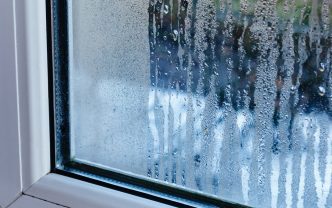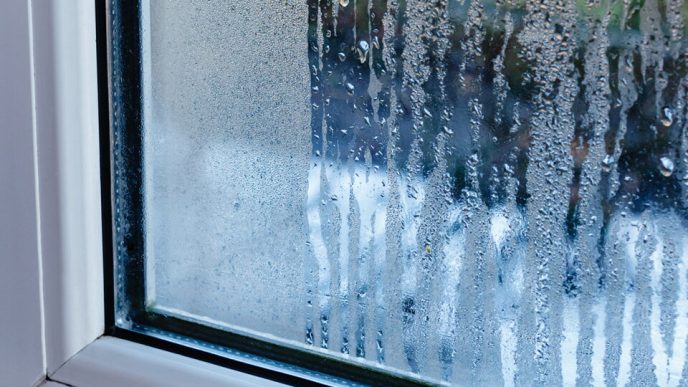Plumbing is the backstage staff that brings a building to life, from faint shower sounds to rapid tap hisses. The choreography—professionals checking measurements, authorising materials, and following standards to keep water pure, pressure stable, and drains working—is hidden. Local plumbing laws act as a living blueprint to protect public health, property, and costly calamities. Experienced plumbers align everything from first inspection to final sign-off.
Staying Fluent in the Code
Plumbing codes change, and pros speak them everyday. Plumbers take training, renew certifications, and study revisions like pilots study checklists because cities, counties, and states change materials, venting, traps, slopes, and pressure standards. That continuing education is about building systems that last longer, waste less energy, and keep toxins out of your drinking water, not just passing inspections.
Assessments, Inspections, and the Paper Trail
A skilled plumber assesses the system’s pipe condition, vent arrangement, fixture performance, and code problems before turning the first wrench. They record every change—materials, model numbers, pressure test results, images of concealed runs—so inspectors can quickly check compliance. Your project’s spine, those papers prove work was done appropriately and ease approvals, resales, and warranty claims.
Materials and Methods That Make the Cut
Approved doesn’t mean fancy; it means tested, durable, and safe under the stresses of heat, pressure, and time. Pros select pipe types and fittings suited to the job—think copper for longevity, PEX for flexibility, PVC or ABS for drainage—always matching local code and manufacturer specs. Installation technique is just as crucial: correct slope for drains to prevent standing waste, cleanouts where they’re accessible, venting sized to eliminate siphoning, and pressure-balanced valves to avoid scalds. One off-spec fitting can cause leaks, bacterial growth, or failed inspections, so the craft is in the details.
Teaming Up with Inspectors
Compliance is collaborative. Plumbers pull permits, schedule phased inspections, and communicate early if conditions in the walls or underground don’t match the plans. Rough-in, top-out, and final inspections give officials a clear look at the work at the right moments, and a respectful rapport makes it easier to resolve surprises—like a hidden cross-connection or an outdated branch line—without delaying the whole build. Everyone’s goal is a system that performs safely, not just a stamp on paper.
Safety Woven Into Every Joint
Codes are, at their core, a safety manual. Backflow prevention stops contaminated water from reversing into your clean supply. Proper venting keeps sewer gas out of living spaces and prevents trap siphoning. Pressure regulation protects appliances and pipe joints from stress. Thermal expansion devices safeguard tanks and fixtures. Freeze protection and condensation control reduce structural damage. Experienced plumbers integrate these measures so they’re practically invisible, yet constantly at work safeguarding your health and your home.
Maintenance and Modernization
Compliance doesn’t end when the last fixture is installed. Building codes shift, parts wear, and life changes—maybe you add a rain shower, switch to a tankless heater, or finish a basement bath. Pro plumbers build maintenance into the plan: periodic inspections, water pressure checks, valve testing, flushing tanks, and replacing aging components. When rules update—say, new requirements for air gaps or low-flow fixtures—they guide upgrades that keep you current and help avoid surprise violations during future renovations or sales.
Guiding Property Owners, Minus the Jargon
The best plumbers act as coaches, translating code into everyday choices. They’ll explain why a certain drain line needs a cleanout, how to test your shutoff valves, or when to service a backflow preventer. They’ll flag practices that quietly cause problems—like pouring grease down the sink or overtightening compression fittings—and offer simple routines that extend the life of your system. Clear, friendly guidance turns compliance from a mystery into second nature.
Regional Nuances Matter
Regions have various marching orders. Desert towns may prioritise water saving fixtures and drought-ready designs; cold regions prioritise freeze protection and insulation; coastal environments prioritise corrosion resistance and storm drainage. Pros tailor materials, layouts, and mitigation measures to local conditions to ensure your plumbing flourishes in its intended setting.
The Invisible Checks You Benefit From
Even when you don’t see it, your plumber is running quiet diagnostics. Pressure tests confirm tight seals and balanced delivery. Smoke or air tests verify vent integrity. Dye tests and camera inspections catch slow leaks or misrouted drains before they wreck cabinets or flooring. These checks are the difference between a system that looks fine today and one that still works flawlessly five winters from now.
Redesigning Without the Drama
Renovations are exciting and complicated. Moving a kitchen sink, adding a soaking tub or updating a water heater can affect ventilation, load and backflow codes. Plumbing experts match new layouts to existing infrastructure, calculate fixture units, and size pipes to ensure quiet, odor-free, and pressure-free flow. When the plan fulfils code from the start, renovations are more like a reveal than a rescue.
Responsible Upgrades That Pay Off
Compliance and efficiency often walk hand in hand. Low-flow fixtures that still deliver comfort, smart leak detectors that prevent insurance headaches, recirculation systems that cut water waste, and pressure regulators that extend appliance life—these aren’t just trendy add-ons. Done right, they meet code, lower utility bills, and keep your home’s plumbing in the sweet spot between performance and protection.
FAQ
Do plumbers need permits for small repairs?
Many minor repairs don’t require permits, but replacements or reroutes that alter the system often do. When in doubt, a pro will check local rules and pull the correct permit.
How often do plumbing codes change?
Codes update periodically, and municipalities may adopt revisions on their own timelines. Pros stay current through ongoing training and local notices.
What happens if work fails inspection?
The inspector notes the issue and the plumber corrects it, then reschedules for a re-inspection. Clear documentation and communication keep delays minimal.
Why are approved materials so important?
Approved materials have been tested for safety and durability under specific conditions. Using them reduces failures and ensures the system passes inspection.
Can homeowners do plumbing work and still be code-compliant?
Yes, in many areas homeowners can perform certain tasks, but they must follow local code and permit rules. Complex work is best left to licensed pros.
How does backflow prevention protect my home?
It stops contaminated water from reversing into your clean supply during pressure changes. Devices like check valves and air gaps are the frontline defense.
Do I need to upgrade when codes change?
You’re typically not forced to retrofit existing systems unless they pose a hazard or you remodel. Upgrading proactively can improve performance and avoid future issues.
What’s the role of venting in a plumbing system?
Vents equalize pressure and prevent trap siphoning, keeping sewer gases out and drains flowing smoothly. Proper sizing and placement are essential for code compliance.
Why do inspectors require staged inspections?
Seeing work at key phases—rough-in, top-out, final—lets inspectors verify hidden elements before they’re covered. It prevents costly rework and missed hazards.
How can I tell if my water pressure is too high?
Signs include banging pipes, running toilets, or frequent leaks. A plumber can measure pressure and install a regulator if needed.














